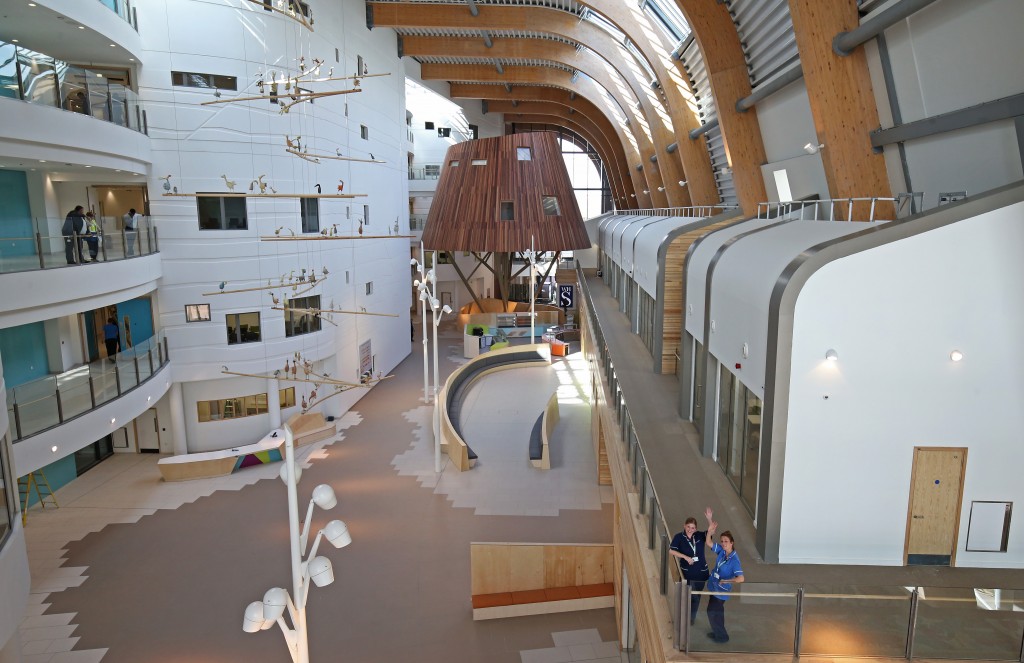
Autism is the most common neurodevelopmental disorder in the U.S., affecting an estimated one out of 36 children. Most autistic people experience unique sensory features such as differences in reactivity to touch, sounds, and sights or difficulty managing multiple sensory inputs simultaneously.
These sensory differences can make the healthcare environment — often characterized by fluorescent lights, idle waiting rooms and uncomfortable pokes and prods — difficult to navigate, preventing children with autism from getting the care they need. To change that, occupational therapists Roseann Schaaf, PhD, and Lady Rios-Vega, OTD, are working with Dr. J. Matthew Fields to design more inclusive healthcare environments for autistic children..
Using the creative problem-solving framework of design thinking, Drs. Rios-Vega, Fields, and Schaaf analyzed healthcare environments and met with parents of autistic children, healthcare professionals, and designers to collaboratively brainstorm ways to improve the experience.
They emerged with new ways to make healthcare environments more friendly for autistic children with sensory differences. One is to include a “sensory adaptive environment,” an area near the waiting room with varied sensory zones, with features like rocking chairs and activities for children who need more sensory stimulation and features like bean bags and weighted blankets for children who need to relax. Drs. Schaaf and Rios-Vega also identified the need for increased training of medical professionals about sensory differences, and they recommended developing adaptations for medical procedures like vital signs measurement, such as having a family member model the procedure first.
“This project is one step closer to helping children with autism participate in healthcare more comfortably, more successfully,” says Dr. Schaaf.